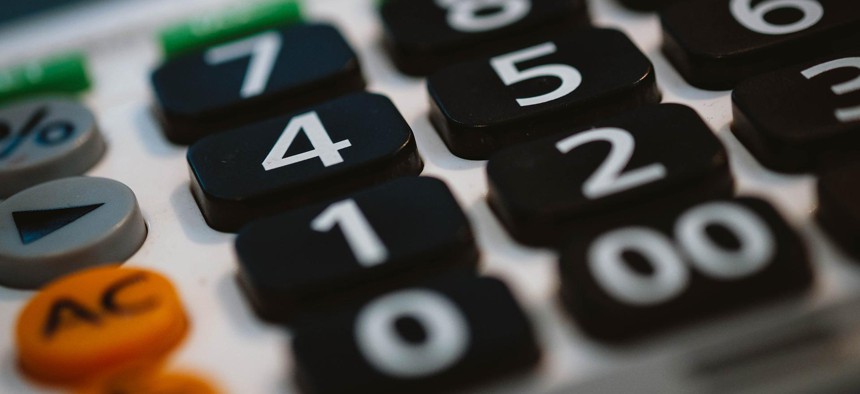Florida among states with lowest number of operating days in 'rainy day funds'
Research by the Pew Charitable Trusts shows that rainy day funds vary widely.

Image by fancycrave1 from Pixabay
States had a total of $114.6 billion in savings at the end of 2021, with enough in their rainy day funds to run government operations for about 34 days, according to research by The Pew Charitable Trusts.
But the report shows that the rainy day funds vary widely: Wyoming had 301 days, the highest among all 50 states, while Washington was the only state with a negative balance. Florida comes in at 18 days, the research shows.
Thirty-six states had increases in days’ worth of operating costs compared with 2020 and 23 states hit record highs.
Wyoming was by far and away the rainy day fund leader. The other states with the largest rainy day funds were:
- North Dakota – 116
- New Mexico – 101
- California – 92
- Connecticut – 86
- West Virginia – 76
- South Carolina – 74
- Texas – 62
- Georgia – 62
- Kentucky – 61
Kentucky had the greatest increase in total days in its fund (51), followed by California (40), Colorado (34), New Hampshire (34) and Connecticut (28).
At least three states — Connecticut, Iowa and Georgia — filled their rainy day funds to their maximum balances, so they could redirect funds to other places.
States with the lowest number of operating days in their rainy day funds are:
- Kansas – 4
- Nevada – 8
- Maryland – 12
- New York – 12
- Arkansas – 13
- Montana – 16
- Florida – 18
- New Jersey – 20
- Rhode Island – 20
- Louisiana – 20
- Delaware – 20
Most states have not touched their rainy day funds since the beginning of the pandemic, the report says, because they were concerned about how the resulting recession would impact their overall finances. But between budget cuts and aid from the federal government, most states have budget surpluses.
States planned ahead for this recession, the report says, as nine states found themselves without rainy day funds after the Great Recession. Since the late 2000s, most states grew their rainy day funds to a median of 30 days, or 8% of spending, up from 17 days, or nearly 5% of spending.
For more information from the Pew report, click here.
A version of this story originally appeared on Route Fifty.
NEXT STORY: Cryptocurrency still on hold as payment for fees, taxes in Florida